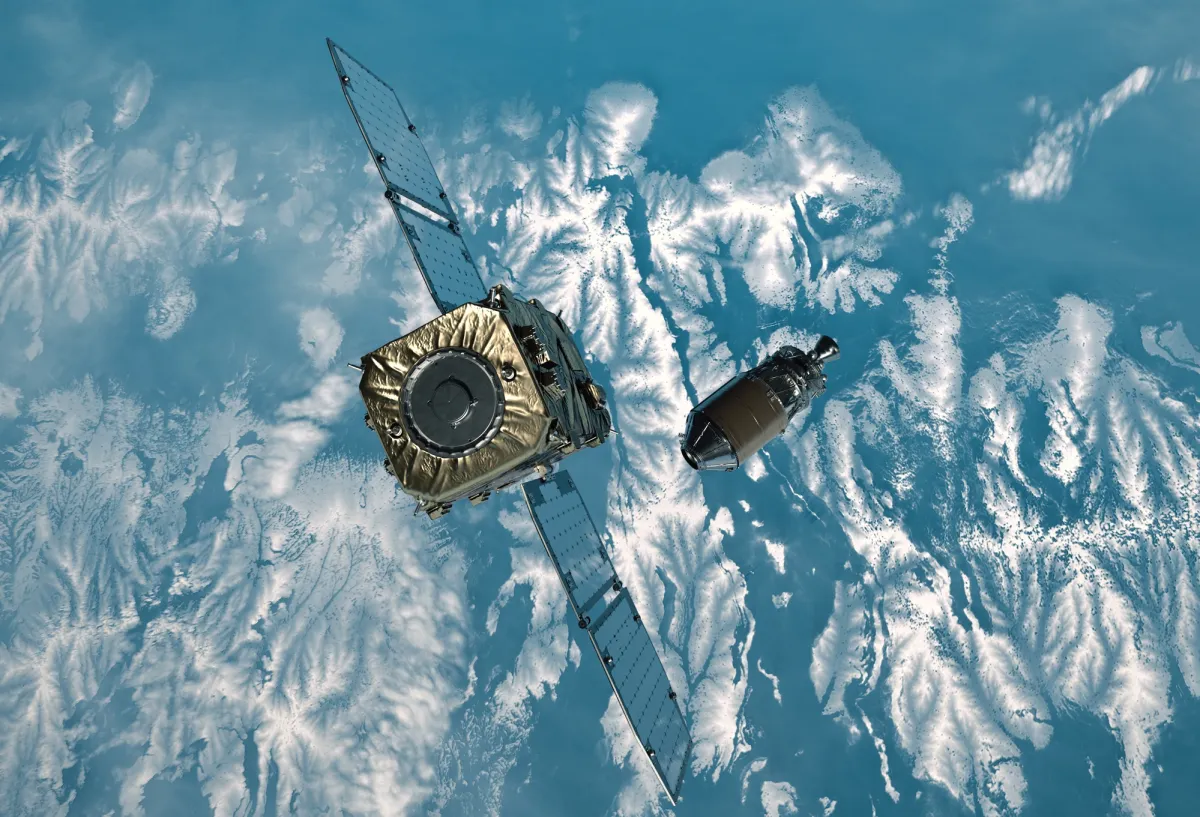Rocket Lab has successfully launched the ADRAS-J satellite into a 600-kilometer orbit. It will be engaged in the inspection of space debris.

The ADRAS-J was built by the Japanese company Astroscale by order of JAXA as part of the CRD2 program. The main task of the 150-kilogram spacecraft is to demonstrate the possibility of removing large fragments of space debris from orbit.
The target of ADRAS-J is the upper stage of the H-2A rocket, which has been in orbit since 2009. Its length is 11 meters, its diameter is 4 meters. ADRAS-J is supposed to get closer to the stage and inspect it. This data will be used to prepare the second stage of the program, during which a spacecraft will be sent to the stage, which will try to bring it out of orbit.
This is the second Astroscale mission, the main task of which is to develop the technologies needed to clean up space debris. The first one was launched in 2021 by ELSA-D. It was a bundle of a 184-kilogram maintenance and a 16-kilogram client satellite. The purpose of the mission was to develop technology for orbital rendezvous and docking with other spacecraft.
After entering orbit, the satellites separated and then docked again. In 2022, Astroscale repeated the experiment, increasing the distance between the vehicles. However, this time the operation failed due to a malfunction of the engines of the servicing satellite. In the future, Astroscale specialists still managed to work out the rendezvous operation, but due to unresolved problems with the engines, the re-docking never took place.
On January 24, 2024, Astroscale announced the completion of this mission. According to the company, the servicing spacecraft will descend from orbit in about three and a half years, and the client spacecraft, which does not have a propulsion system, should descend from orbit within five years.
Follow us on Twitter to get the most interesting space news in time
https://twitter.comne/ust_magazine


